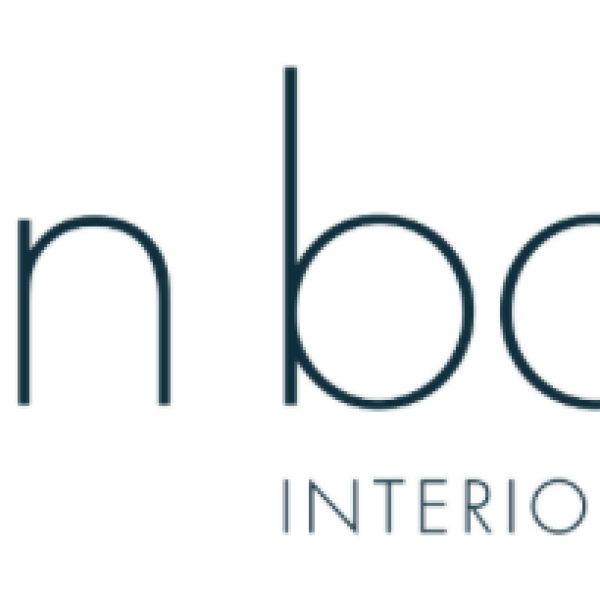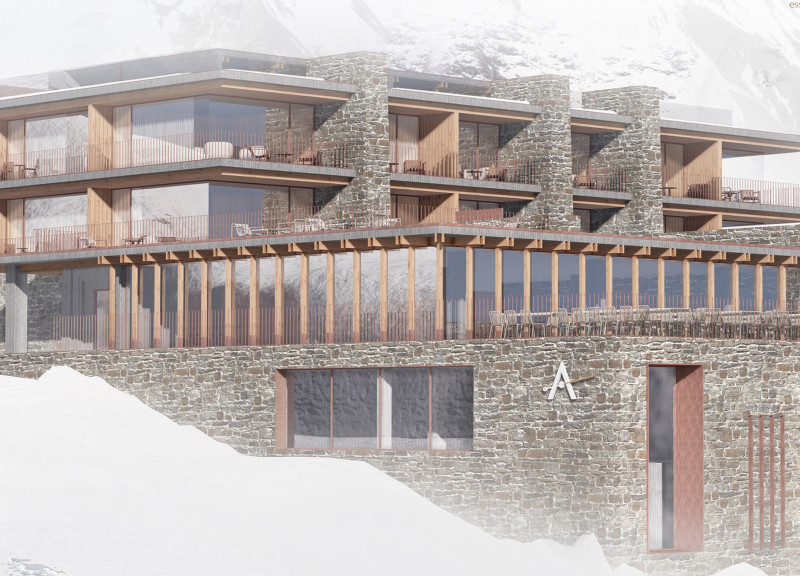5 key facts about this project
This architectural design embodies a commitment to sustainability and innovation. The building's orientation maximizes natural light, creating bright and inviting spaces while reducing the reliance on artificial lighting. Large windows and strategically placed overhangs not only contribute to the visual appeal but also enhance energy efficiency by providing passive solar heating in the winter and shade in the summer. Furthermore, the integration of green roofs and living walls demonstrates a unique design approach that promotes biodiversity and improves air quality, thus aligning with contemporary ecological practices.
The material palette comprises locally sourced materials, emphasizing the project's connection to its environment. A combination of reinforced concrete, timber, and glass is employed throughout, with each element chosen for its durability and aesthetic qualities. The use of exposed concrete provides a robust structural foundation, while timber elements evoke warmth and intimacy on the interior. Glass surfaces invite the outdoors in, creating a sense of openness and fluidity between interior and exterior spaces. This thoughtful selection of materials not only reduces the environmental footprint of the building but also embodies a modern sensibility that resonates with users and visitors alike.
Important architectural features include a central atrium that acts as the heart of the building, fostering social interaction and collaboration among users. This open space is framed by various functional areas, including meeting rooms, flexible workspaces, and communal lounges. The layout encourages movement throughout the project, allowing for a natural flow of people and activities. Usability is further enhanced by the incorporation of advanced technology, with smart systems that facilitate energy management, enhance security, and improve overall user experience.
Unique design approaches are evident in the incorporation of multifunctional spaces that can adapt to various uses over time. The careful planning of these areas illustrates a forward-thinking attitude toward architectural design, anticipating the evolving needs of the community. Collaborative spaces are integrated seamlessly with private areas, recognizing the importance of both teamwork and individual focus in contemporary work environments.
Another commendable design strategy is the prioritization of outdoor spaces. The project features landscaped courtyards and terraces that provide opportunities for relaxation and recreation. These spaces encourage a connection to nature, allowing individuals to step away from indoor environments and enjoy the benefits of the outside. The careful arrangement of these areas fosters a sense of community and invites residents to engage with one another.
Overall, the project demonstrates a comprehensive understanding of contemporary architectural principles, blending aesthetic considerations with functional requirements. Its design facilitates a user-centric approach, prioritizing accessibility and comfort while advocating for sustainable practices. The integration of advanced technologies and thoughtful material choices enhance its overall effectiveness as a versatile community space.
To explore the architectural plans, sections, and designs in greater detail, readers are encouraged to delve into the project presentation. Engaging with these materials will offer deeper insights into the innovative ideas and design outcomes that characterize this architectural endeavor. This project stands as an example of how architecture can thoughtfully respond to its context, fulfilling both the practical and emotional needs of its users.


 Tomasz Mateusz Budnicki,
Tomasz Mateusz Budnicki, 




















